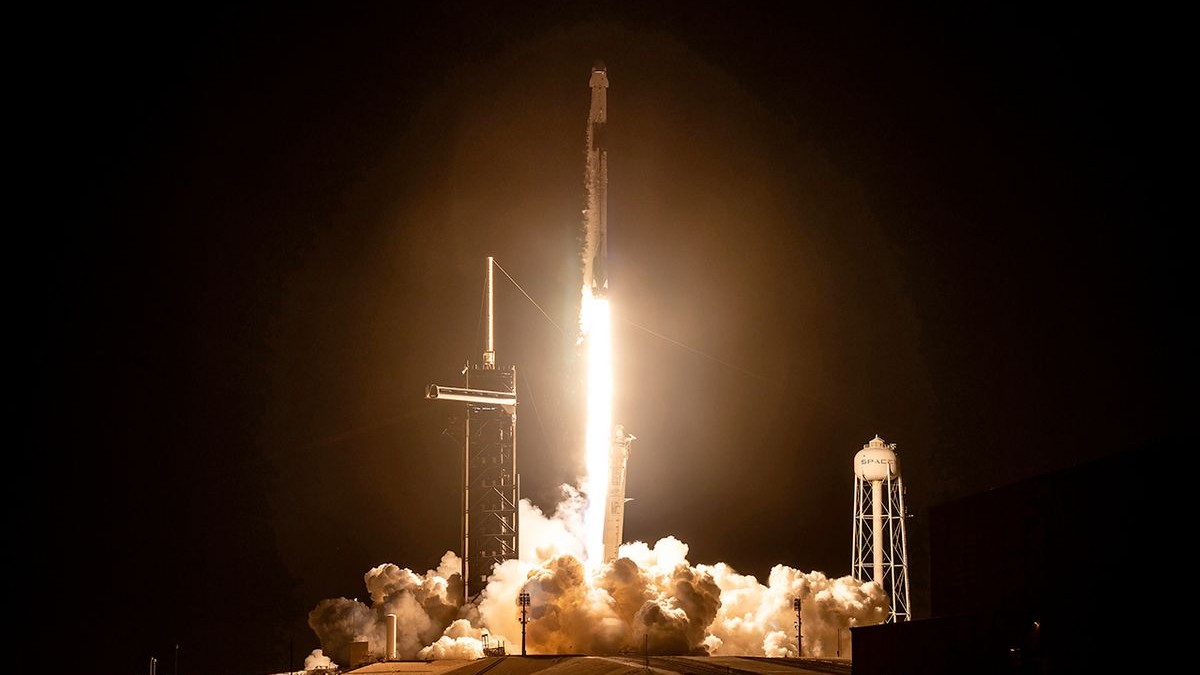
SpaceX is about to hit another round-number milestone.
Elon Musk's company will launch its 30th contracted cargo mission to the International Space Station (ISS) for NASA on Thursday (March 21), if all goes according to plan.
A robotic SpaceX Dragon capsule is scheduled to lift off atop a Falcon 9 rocket Thursday at 4:55 p.m. EDT (2055 GMT) from Cape Canaveral Space Force Station in Florida. You'll be able to watch the action live here at Space.com, courtesy of NASA.
Related: SpaceX Dragon cargo ship docks at ISS with laser experiment and more (video)
The mission, known as CRS-30 ("Commercial Resupply Services-30"), will arrive at the ISS on Saturday morning (March 23), delivering food, supplies, equipment and a variety of scientific experiments to the orbiting lab.
Among those investigations are studies of "plant metabolism in space and a set of new sensors for free-flying Astrobee robots to provide 3D-mapping capabilities," NASA officials wrote in an update on Friday afternoon (March 15).
"Other research includes a fluid physics study that could benefit solar cell technology and a university project from CSA (Canadian Space Agency) that will monitor sea ice and ocean conditions," they added.
Get the Space.com Newsletter
Breaking space news, the latest updates on rocket launches, skywatching events and more!
CRS-30's Dragon will spend about a month attached to the ISS before coming back to Earth with a splashdown off the Florida coast.
Dragon is the only robotic ISS cargo craft capable of coming down in one piece (and hauling science gear from the station to researchers here on Earth). The other two operational freighters, Russia's Progress vehicle and Northrop Grumman's Cygnus, are designed to burn up in Earth's atmosphere when their orbital time is up.
Join our Space Forums to keep talking space on the latest missions, night sky and more! And if you have a news tip, correction or comment, let us know at: community@space.com.

Michael Wall is a Senior Space Writer with Space.com and joined the team in 2010. He primarily covers exoplanets, spaceflight and military space, but has been known to dabble in the space art beat. His book about the search for alien life, "Out There," was published on Nov. 13, 2018. Before becoming a science writer, Michael worked as a herpetologist and wildlife biologist. He has a Ph.D. in evolutionary biology from the University of Sydney, Australia, a bachelor's degree from the University of Arizona, and a graduate certificate in science writing from the University of California, Santa Cruz. To find out what his latest project is, you can follow Michael on Twitter.









